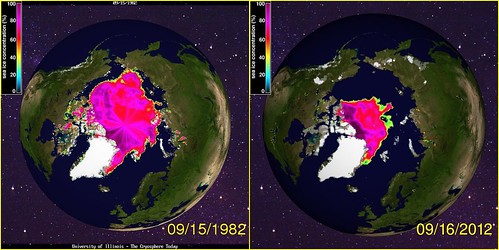The city of Valdosta responds. I have decorated this PR with a few images with links, and a few comments after it. -jsq
Mayor and Council Address Recent Wastewater Issues,
Continue readingThe Valdosta Mayor and City Council are committed to providing quality municipal services that meet the expectations of our citizens. In addition to providing fire and police protection and other beneficial quality of life services, the city leadership is equally committed to providing adequate water and wastewater treatment services to its citizens, maintaining a functioning sewer collection system and discharging treated water in an environmentally responsible manner.
Recently, citizens have been inundated with information about the current state of the city’s wastewater treatment plant and sewer collection system, as well as the decisions made during the recent flood event. The following information is provided to explain the recent event and to help citizens better understand these important issues and the dedicated work of their elected officials and municipal staff.
THE SITUATION














